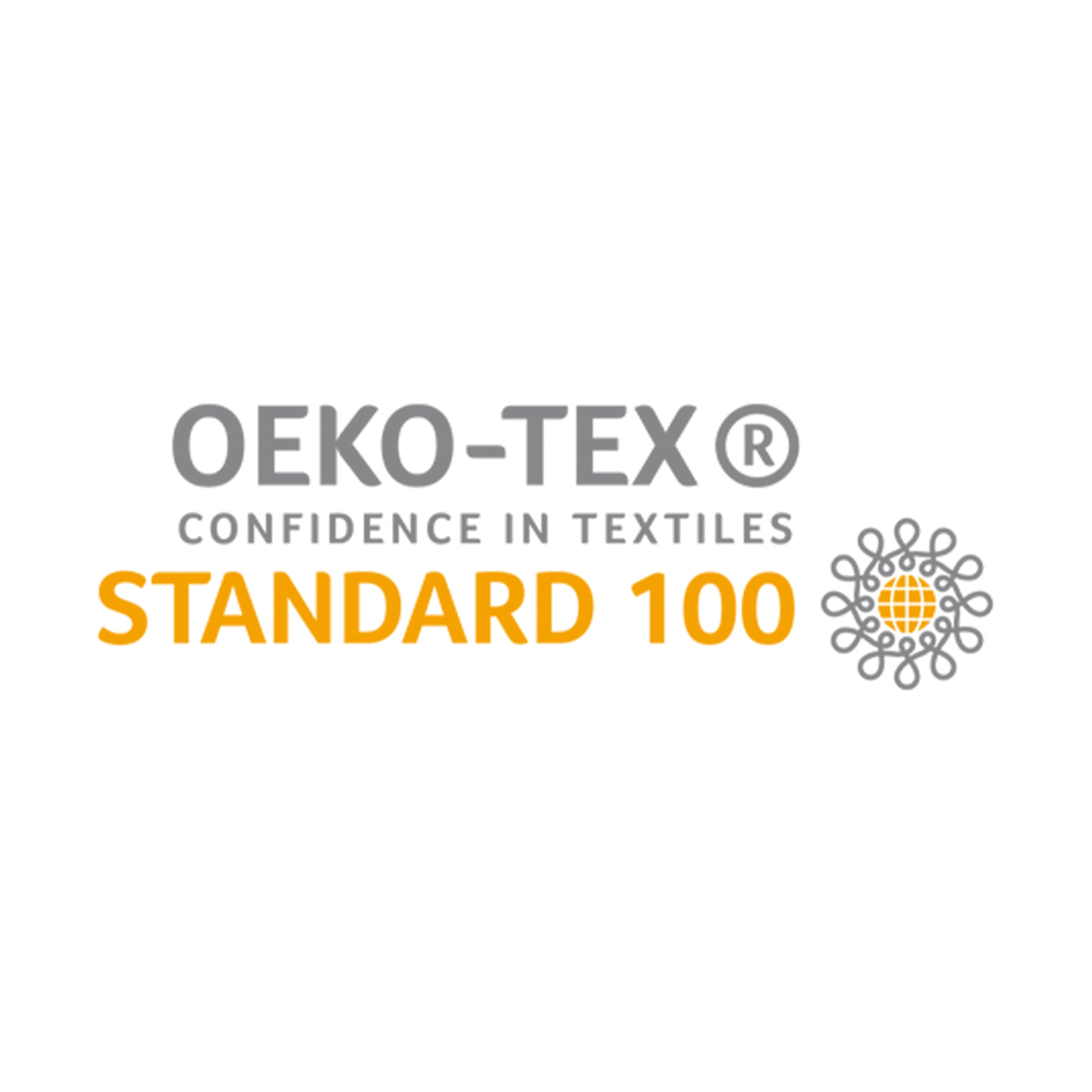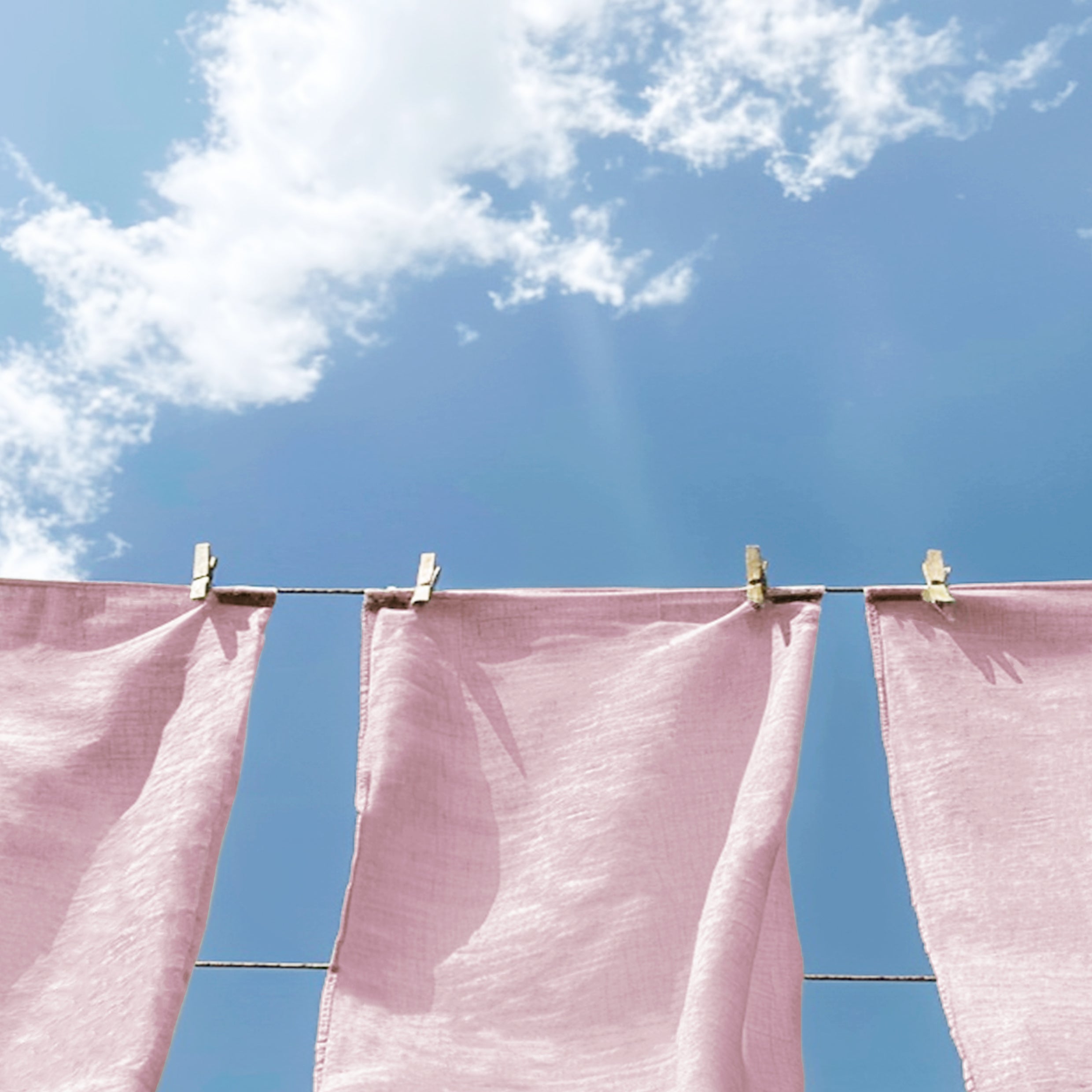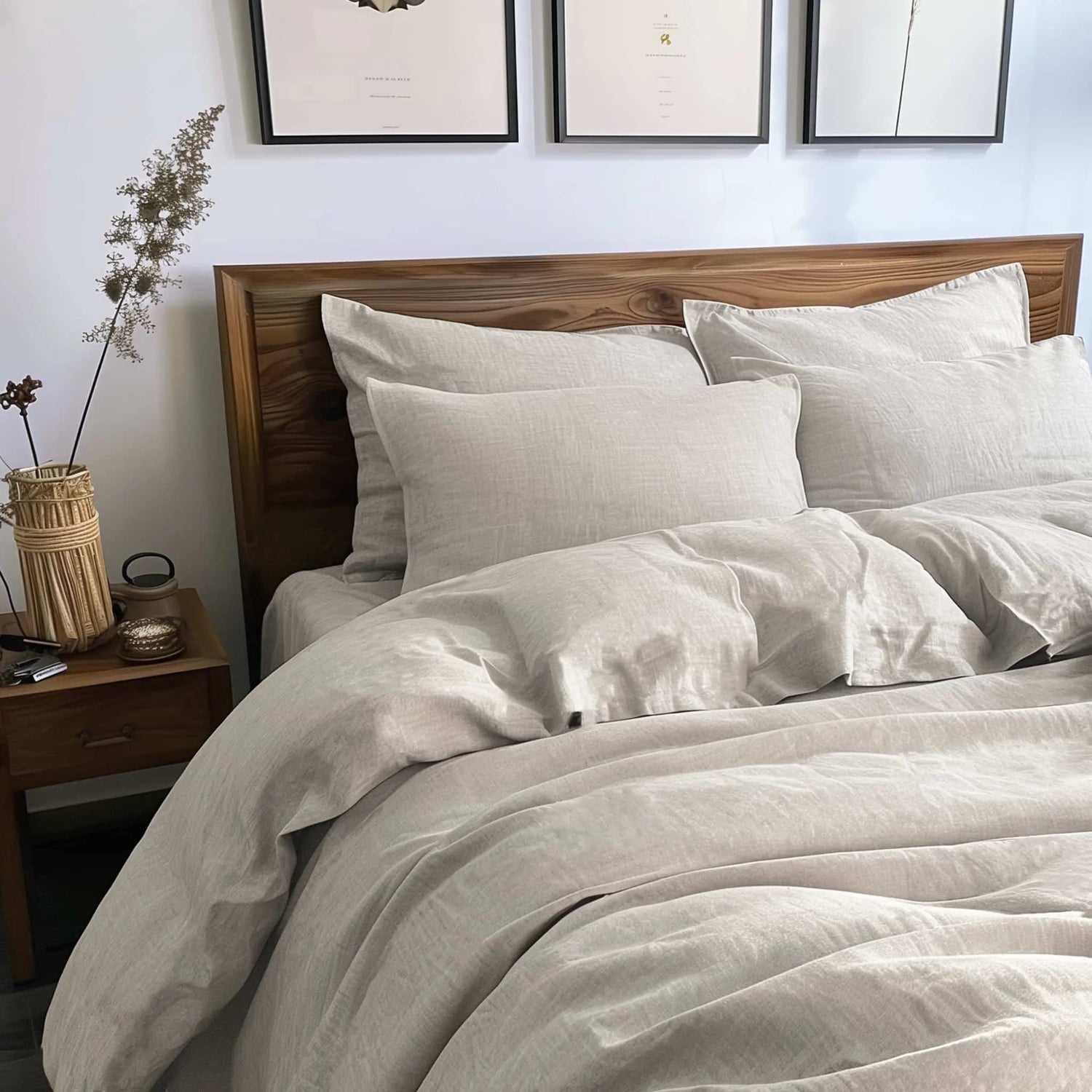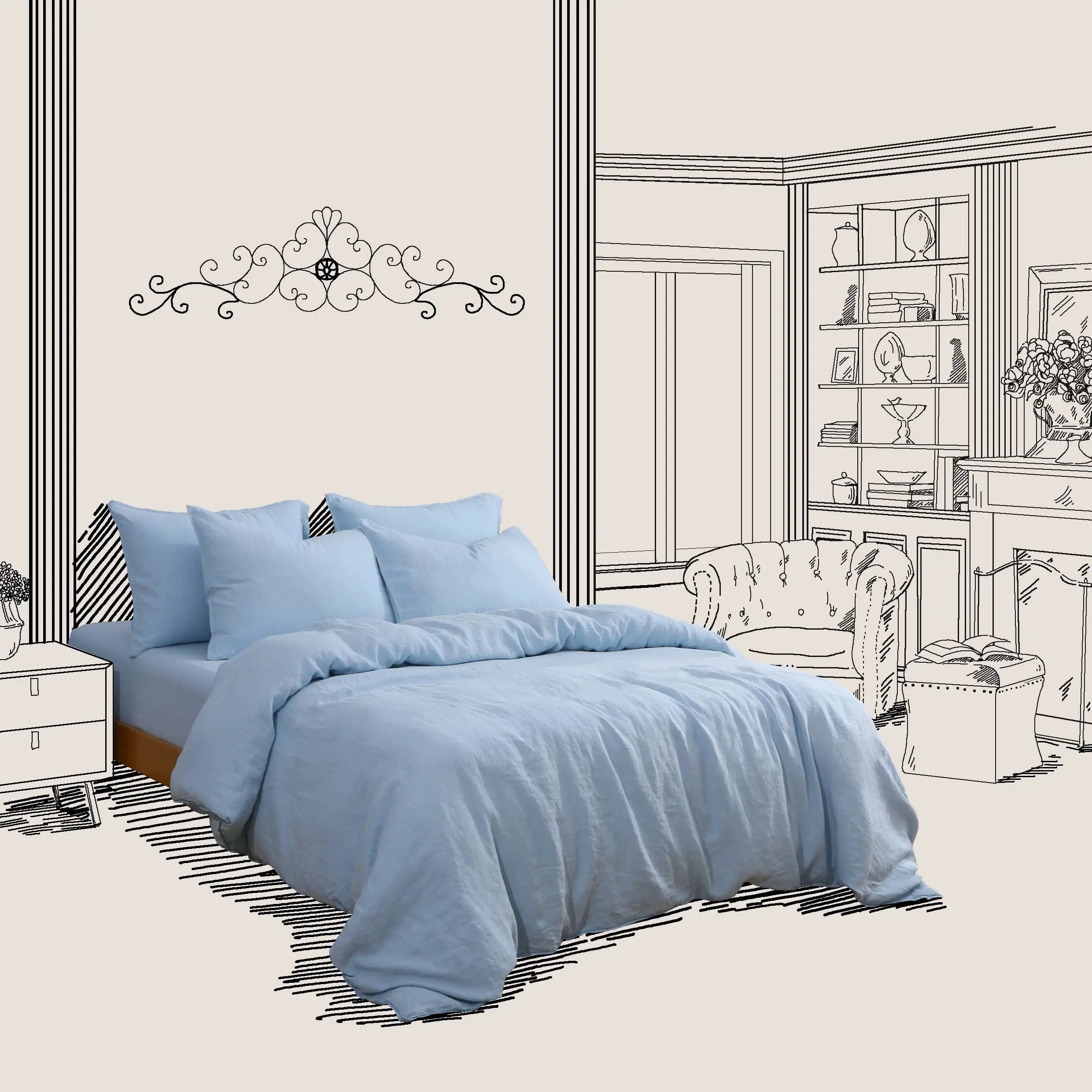What is Linen Fabric?
Linen is a natural textile derived from the fibers of the flax plant (Linum usitatissimum). With a history of more than 30,000 years, it is one of the oldest fabrics known to mankind. The production process of flax includes harvesting flax, retting (breaking it down), beating (separating the fibers), and spinning it into durable and breathable yarn, which is then dyed, processed, and finally made into clothing, household items, or other types of textiles.
Linen is highly regarded for its high strength, moisture absorption and perspiration, easy to wash repeatedly, excellent antibacterial properties, and better environmental protection compared to synthetic materials.
Where is Linen Fabric Produced?
Flax generally grows in cold and humid climates. The main producing areas are France, the Netherlands, Belgium and other countries in Europe.
Linen vs Cotton: Main Differences
1. Fiber Structure
Flax: The fiber absorbs and releases moisture faster than cotton.
Cotton: It absorbs moisture well, but retains water for a long time and easily absorbs moisture in humid environments.
2. Durability
Flax: Due to the longer fibers, flax is several times stronger than cotton.
Cotton: Tends to pill and soften after repeated washing.
3. Environmental Impact
Water consumption: Linen consumes less water than cotton.
Chemical inputs: Traditional cotton farming often uses pesticides, while linen usually does not.
Biodegradability: Pure linen decomposes within months, while chemically treated cotton may take years.
4. Heat Dissipation
Linen: Linen's heat dissipation makes it ideal for hot climates, and its insulation properties provide warmth in cool weather.
Cotton: Has poor heat dissipation and usually needs to be blended to adapt to seasonal changes.
Pure linen has a rougher appearance than cotton and linen because the production process of linen is relatively different from cotton, but pure linen feels better than cotton. Natural things are always best.
What Are the Uses of Linen Fabrics?
High-End Home Textiles
Linen can be used for sheets, pillowcases, tablecloths, etc. Its natural antibacterial and wear-resistant properties can extend its life while creating a rustic and elegant home atmosphere.
Indoor Decoration Fabrics
Linen is often used for curtains, sofa covers or wall coverings. Its unique texture and low gloss can enhance the high-end sense of space design and strike a balance between light blocking and breathability.
Summer Clothing
Flax is widely used in summer clothing (such as shirts and dresses) due to its excellent breathability and moisture absorption and perspiration wicking properties. It keeps the body cool and has the relaxed beauty of natural folds.
Handicrafts and Art Creation
Flax fiber is favored by painters and craftsmen as a base for oil painting or embroidery. Its strong structure can support artworks for a long time without deformation.
Sustainable Living Products
Flax fiber can be made into eco-friendly shopping bags, napkins or reusable coffee filters, reducing dependence on disposable plastics and fitting the concept of zero-waste living.
Environmental Advantages of Flax
Zero-waste processing: All parts of the flax plant can be used - fibers can be used for textiles, seeds can be used for oil extraction, and biomass can be used for fuel.
Low energy consumption: Mechanical processing (such as retting) consumes less energy than synthetic fiber manufacturing.
Linen Fabric Certification
Consumers should prioritize certifications that ensure sustainability:
OEKO-TEX® is an independent, global textile certification system that covers the entire product chain, ensuring that products produced do not contain harmful levels of toxic substances. Each element of the product (fabric, zipper, label, yarn, button) must meet the certificate requirements to be considered as meeting the established requirements.
EUROPEAN FLAX® is the European mark for high-quality linen and traceability established by the European Federation of Flax and Hemp (EFFA). The organization confirms that the production of flax fibers meets the highest sustainability standards. This quality standard ensures traceability at every stage of processing, from flax seeds to the production of the final product.






Leave a comment
This site is protected by hCaptcha and the hCaptcha Privacy Policy and Terms of Service apply.